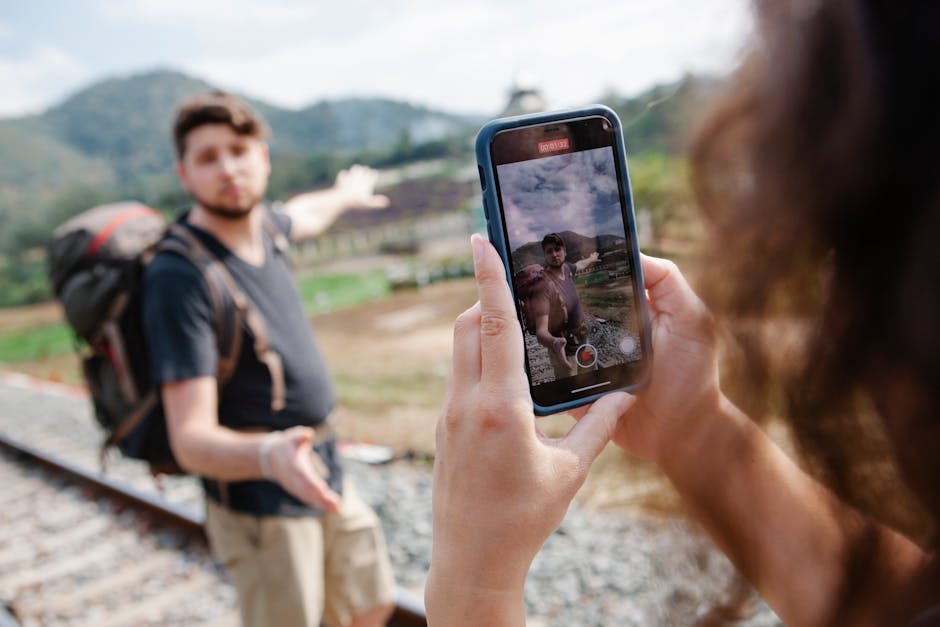The Evolution of Digital Storytelling
Storytelling has been an integral part of human culture since the beginning of time. It is how we pass down knowledge, share experiences, and connect with one another. With the advent of digital technology, storytelling has evolved dramatically, taking on new forms and reaching wider audiences than ever before. In this article, we will delve into the fascinating world of digital storytelling, exploring its origins, current trends, and future possibilities.
Origins of Digital Storytelling

The concept of digital storytelling can be traced back to the early days of computing when multimedia elements such as images, audio, and video began to be integrated into narrative structures. One of the earliest forms of digital storytelling was the interactive fiction game “Colossal Cave Adventure,” created in 1975 by Will Crowther. This text-based game allowed players to explore a virtual world and make decisions that shaped the outcome of the story.
As technology advanced, so did the possibilities for digital storytelling. The rise of the internet in the 1990s brought about a new era of storytelling, with websites, blogs, and online forums becoming popular platforms for sharing narratives. The emergence of social media further revolutionized the way stories were told and consumed, enabling users to create and share their own content with a global audience.
The Rise of Transmedia Storytelling

Transmedia storytelling is a technique that involves telling a single story across multiple platforms and formats, each contributing a unique piece to the overall narrative. This approach allows for a more immersive and engaging storytelling experience, as audiences can interact with the story in different ways and explore different aspects of the world in which it is set.
One of the most famous examples of transmedia storytelling is the “Harry Potter” franchise created by J.K. Rowling. The story of the boy wizard was told not only through the seven books in the series but also through spin-off books, films, video games, theme park attractions, and a dedicated website Pottermore. This multi-platform approach not only expanded the reach of the story but also deepened the engagement of fans.
Interactive and Immersive Storytelling

With the advancement of technology such as virtual reality (VR) and augmented reality (AR), storytelling has entered a new dimension of interactivity and immersion. VR allows users to step into a virtual world and experience the story firsthand, while AR overlays digital elements onto the real world, creating a mixed reality experience.
Companies like Oculus and HTC Vive have developed VR headsets that transport users to fictional worlds where they can interact with characters and explore the environment. Interactive storytelling experiences such as “Black Mirror: Bandersnatch” on Netflix allow viewers to make decisions that affect the outcome of the story, blurring the lines between audience and creator.
Personalized and Data-Driven Storytelling

One of the most significant advancements in digital storytelling is the ability to personalize content based on user data. With the help of algorithms and artificial intelligence, companies can tailor stories to individual preferences and behaviors, creating a more engaging and relevant experience for the audience.
Streaming platforms like Netflix and Spotify use data analytics to recommend content based on a user’s viewing or listening history. News websites like The New York Times and The Guardian personalize their homepages to show articles that are most likely to interest each visitor. This data-driven approach not only enhances user engagement but also helps content creators understand their audience better.
Collaborative and Crowdsourced Storytelling
Another interesting trend in digital storytelling is the rise of collaborative and crowdsourced storytelling projects. Platforms like Wattpad and Reddit allow users to contribute their own stories or collaborate with others to create a shared narrative. This democratization of storytelling gives a voice to a diverse range of creators and encourages community engagement.
One notable example of crowdsourced storytelling is the “The Exquisite Corpse Adventure” project initiated by the Library of Congress. In this project, different authors were invited to write a chapter of a story without knowing what had been written before, resulting in a unique and unpredictable narrative that captured the imagination of readers.
The Future of Digital Storytelling
As technology continues to advance at a rapid pace, the future of digital storytelling holds endless possibilities. From the integration of artificial intelligence and virtual reality to the exploration of new narrative structures and interactive experiences, the landscape of storytelling is constantly evolving.
One exciting development in digital storytelling is the use of blockchain technology to create decentralized storytelling platforms. Blockchain allows for transparent and secure transactions, enabling creators to monetize their content directly without the need for intermediaries. This opens up new opportunities for independent artists and storytellers to reach a global audience and receive fair compensation for their work.
Common Misconceptions about Digital Storytelling
Despite its many benefits and innovations, digital storytelling also faces its fair share of misconceptions. One common misconception is that digital storytelling is only for tech-savvy individuals or young audiences. In reality, digital storytelling can be accessible to people of all ages and backgrounds, with tools and platforms available to suit a wide range of skill levels.
Conclusion
To wrap things up, the evolution of digital storytelling has transformed the way stories are told, shared, and experienced. From the early days of interactive fiction to the immersive worlds of virtual reality, digital storytelling has opened up new creative possibilities and expanded the reach of narratives. As technology continues to advance, we can expect to see even more innovative and engaging forms of storytelling emerge, shaping the future of entertainment and communication.
Long story short, digital storytelling is not just a trend but a fundamental shift in the way we connect with each other and the world around us. By embracing new technologies and exploring new storytelling techniques, we can unlock the full potential of digital storytelling and create meaningful and impactful narratives that resonate with audiences worldwide.




